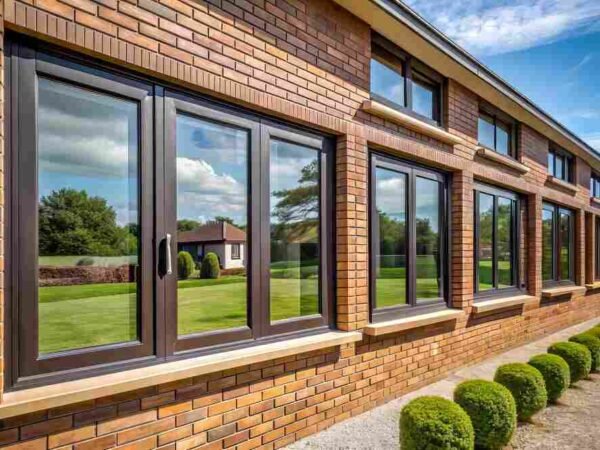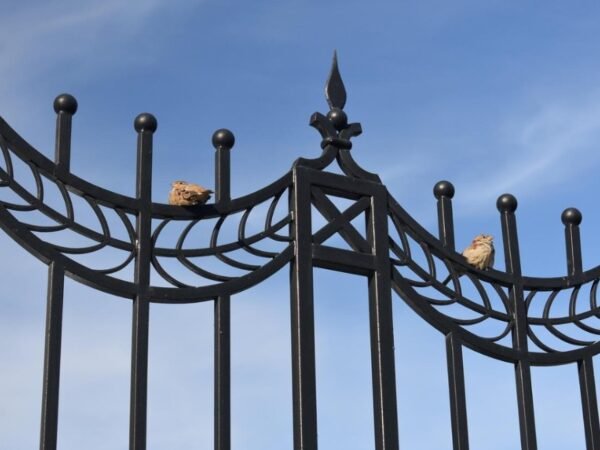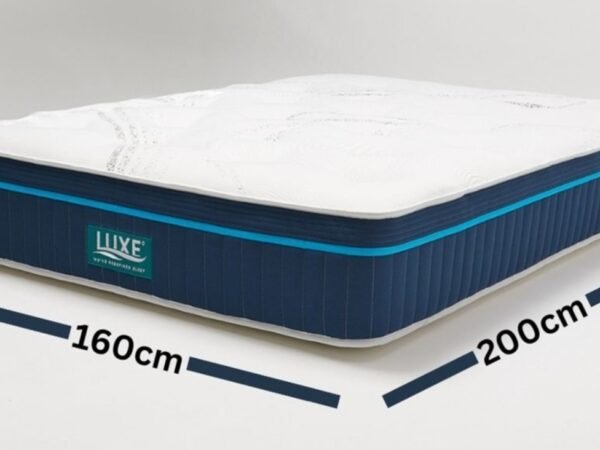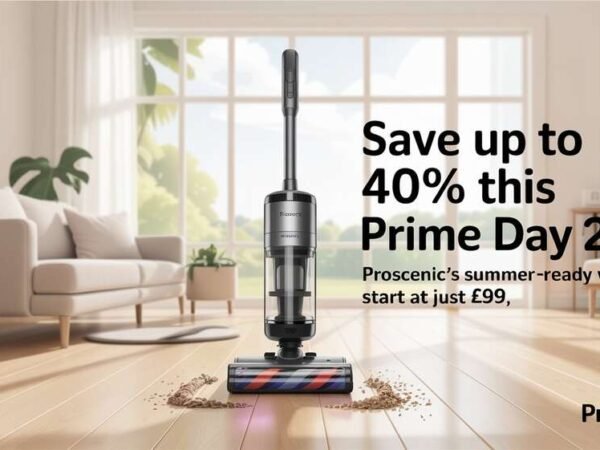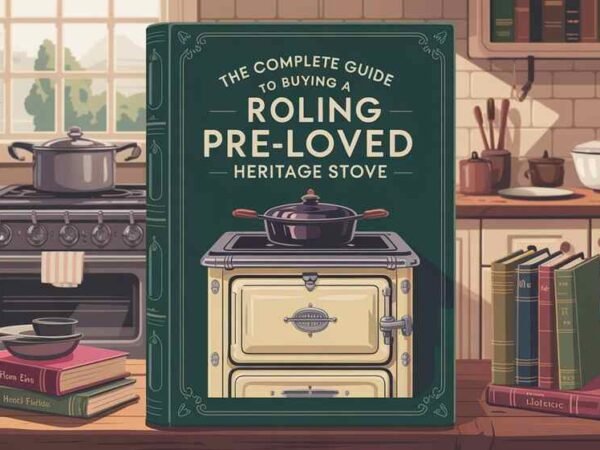Making your lava lamp is a fantastic way to add a captivating, vibrant piece of décor to your house and an entertaining science experiment. This guide will walk you through creating a lava lamp at home using common, everyday objects. This do-it-yourself craft will likely captivate children and adults with its magical effects.
Why Make a DIY Lava Lamp?
Before we discuss the “how,” let’s examine the “why.” Homemade lava lamps are inexpensive, easy to build, and an excellent teaching tool. They show how differing densities and solubility interact with one another and give children an enjoyable, hands-on way to grasp fundamental scientific concepts.
Materials You’ll Need
Making the original Lava lamp doesn’t require any specific tools. What you need is as follows:
- A clear glass or plastic bottle
- Water
- Vegetable oil (or any household oil)
- Alka-Seltzer tablets (or any effervescent tablet)
- Food coloring
- A light source (optional, but it enhances the lava effect)
The first step in making your DIY lava lamp is gathering these supplies. Most of them are most likely sitting about your home!
Step-by-Step Instructions
Before you begin crafting your DIY lava lamp, it’s essential to select the correct container. A clear, sturdy bottle will provide the perfect vessel to showcase the captivating lava effect.
Step 1: Prepare the Bottle
First, take a clear, clean bottle or jar. This is where your lava lamp will be kept. A sufficiently transparent container helps you see the vibrant lava effect correctly. Any clear bottle will work, although those with short necks, such as glass soda bottles, tend to work best.
Step 2: Fill with Oil and Water
Pour vegetable oil into your bottle until it is about ¾ full. After adding the oil, add water to the remaining portion of the bottle, leaving a small space at the top. Because oil is less dense than water, essential for the lava lamp effect, you’ll notice that the oil floats on top of the water.
Step 3: Add Color
Next, decide which food coloring to use. Several drops should be added to the bottle. An excellent color effect will be produced when the food coloring dissolves in the oil and combines with the water below. Sticking to one color is usually preferable to view the lava effect properly; however, you can experiment with other hues.
Step 4: Create the Lava
This is where the magic takes place! Split an Alka-Seltzer tablet into tiny fragments, then drop each into the bottle. As the tablet dissolves, bubbles will develop, driving colorful water blobs into the oil and producing the well-known “lava” motion.
Step 5: Enhance with Light (Optional)
Put a light source underneath the bottle to intensify the effect. A small bulb or a flashlight is ideal. As the light shines through the colorful liquid, the lava-like movement will be strengthened and given an even more spectacular appearance.
The Science Behind the Lava Lamp
The fundamental concepts of density and polarity hold the key to the operation of your do-it-yourself lava lamp. Since oil molecules are nonpolar and water molecules are polar (having a positive and negative end), the two substances cannot mix. As a result of their mutual repulsion, water remains in the bottom of the bottle.
Carbon dioxide gas is created when the Alka-Seltzer pill combines with water. The bubbles the gas creates force the colored water upward through the oil. Because of its greater density, the colored water sinks back down once the gas escapes and the bubbles reach the top, producing the captivating lava lamp effect.
Troubleshooting Common Issues
You may run into a few problems, even with basic supplies, when creating a lava lamp; below are some typical problems and easy solutions to guarantee that your lava lamp operates smoothly.
Why Isn’t My Lava Lamp Bubbling?
If your lava lamp isn’t bubbling enough, you might need to use more Alka-Seltzer. Another tablet could be broken up and added to the mixture in smaller bits.
Why Is the Lava Movement Too Fast or Slow?
The size of the Alka-Seltzer bits you add will determine how quickly the lava moves. Larger pieces will proceed more rapidly, and smaller ones will proceed more slowly. Try different combinations to achieve the desired effect.
Creative Variations to Try
Add Glitter
Before adding the Alka-Seltzer, add a pinch of glitter to the water for sparkle. Your glitter lava lamp will glow and move even more as the glitter catches the light.
Experiment with Different Containers
Using bottles or containers of different shapes can alter the appearance of your lava lamp. Rounder containers create a slower, more elegant effect, whereas tall, thin bottles cause the blobs to ascend higher. Try a variety of shapes to determine your favorite.
Use Different Color Combinations
Try different color schemes by experimenting with food coloring. Red and orange create a fierce image, whereas blue and green can provide a soothing ocean picture. Color mixing can result in countless combinations and entertaining visual effects.
Safety Tips
Though making a lava lamp is generally safe, there are a few safety precautions you should keep in mind:
- Supervise children: Ensure kids are supervised when handling ingredients like Alka-Seltzer or working with glass bottles.
- Use sturdy containers: Avoid using fragile glass that could break easily.
- Don’t seal the bottle: Since the Alka-Seltzer produces gas, make sure the bottle is not tightly sealed to avoid pressure build-up.
How to Maintain Your DIY Lava Lamp
You can use the homemade lava lamp repeatedly, but it can’t be used continuously like a store-bought one. When you’re ready to use the lamp again, wait for the reaction to subside before adding another Alka-Seltzer tablet.
To prolong its lifespan:
- Store it in a cool place: Avoid direct sunlight, which may cause the oil to degrade or change color over time.
- Replace ingredients as needed: If the water gets murky or the oil looks cloudy, simply refill the bottle with fresh oil and water.
Fun Facts About Lava Lamps
Edward Craven Walker was the original inventor of lava lamps, which have been used since the 1960s. They were valued for their hypnotic, flowing movement and soon came to represent the counterculture movement. Due partly to their peaceful, soothing visual effects, they are still a popular and nostalgic décor item in homes worldwide today.
Educational Benefits of Making a Lava Lamp
Not only is making a homemade lava lamp an enjoyable hobby, but it’s also an excellent method to introduce children to basic scientific ideas. By completing this exercise, children can learn about density, solubility, and chemical reactions. This project can also explain why some chemicals, like water and oil, don’t mix and the distinction between polar and nonpolar molecules.
Furthermore, a chemical reaction is triggered when Alka-Seltzer is added to the equation. The carbon dioxide produced by the tablet’s effervescence visually represents the interaction between gases and liquids. This is an opportunity for educators and parents to cultivate curiosity and inspire young brains to investigate more scientific experiments.
Make It an Eco-Friendly Lava Lamp
Suppose you’re worried about how your do-it-yourself projects will affect the environment. In that case, you can make your lava lamp more environmentally friendly. Use recyclable glass containers that may be used repeatedly rather than single-use plastic bottles. Vegetable oil is also safer than synthetic alternatives because it is biodegradable.
Consider utilizing natural effervescent tablets free of extraneous chemicals for the bubbling effect. In keeping with the expanding trend of sustainable do-it-yourself crafts, your lava lamp is entertaining, educational, and environmentally responsible.
Creating a homemade lava lamp at home is a simple yet amusing hobby that may enthrall children and adults. You may learn about the science behind the magic while creating an intriguing piece of home décor with a few everyday items. This project allows infinite personalization and pleasure, whether you want to use it for educational purposes or to give your house a distinctive touch.
Do Read: How to Unclog Blocked Drains in Preston: Proven Tips & Professional Help





